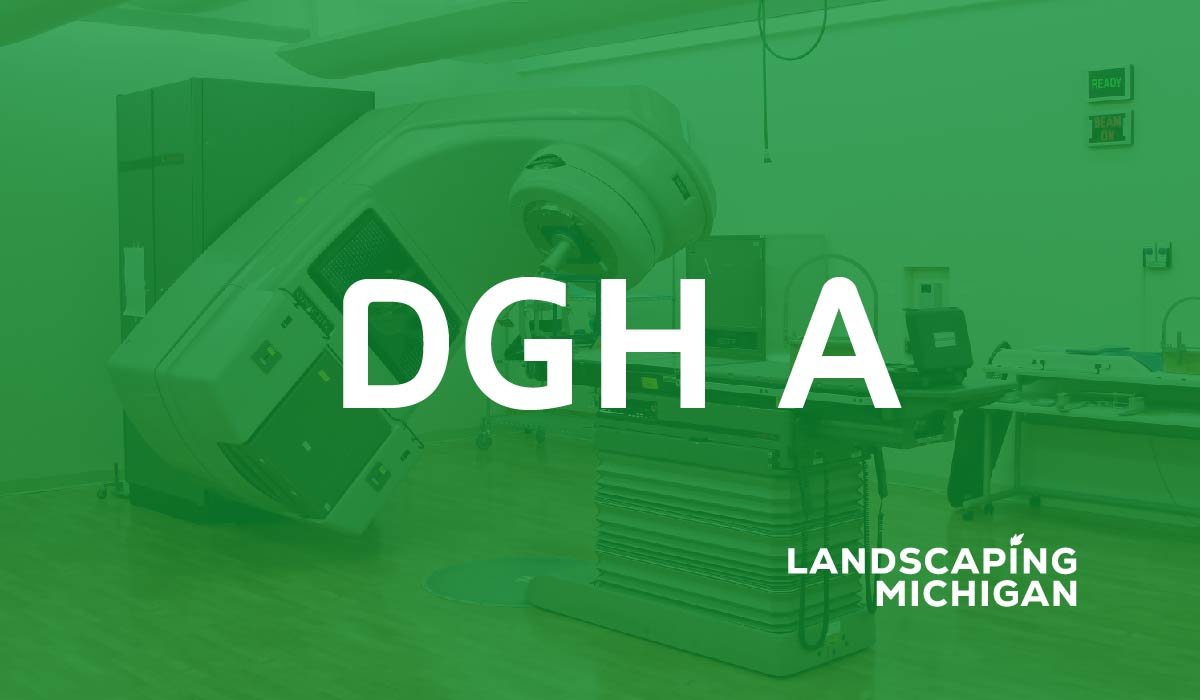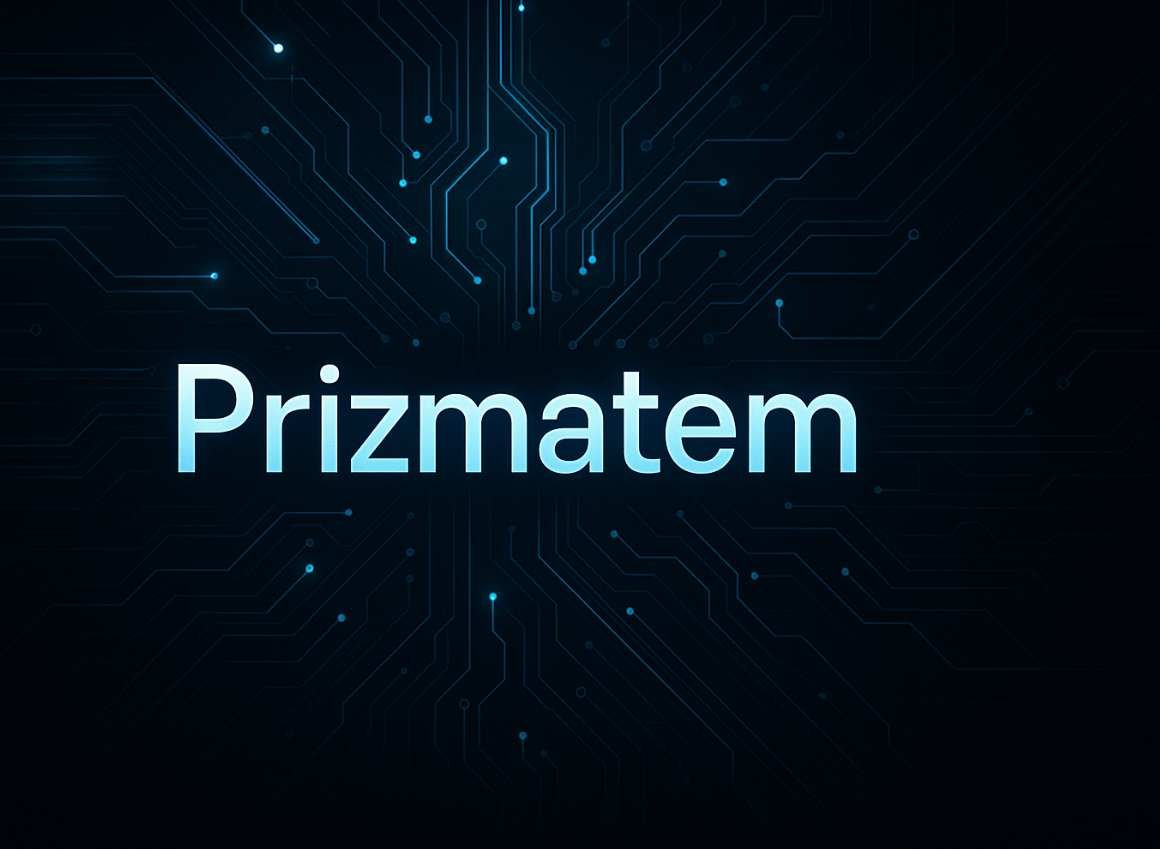In the fast-evolving world of ophthalmology, precision and innovation are crucial. Enter DGH A, a remarkable device reshaping how eye care professionals approach diagnostics and patient management. This state-of-the-art technology streamlines processes while delivering unparalleled accuracy in measuring axial length—a critical factor in diagnosing and managing various ocular conditions.
As practitioners strive to provide their patients with the best possible care, adopting cutting-edge tools like DGH A becomes essential. Not only does it enhance clinical outcomes, but it also supports efficient workflows within busy practice environments. Join us as we explore how DGH A is revolutionizing modern ophthalmology and why it’s quickly becoming an indispensable asset for eye health specialists everywhere.
The Innovation of DGH A in Ophthalmology
The DGH A represents a significant leap forward in ophthalmic technology. With its compact design, this device enhances the precision of measurements while ensuring ease of use for practitioners. The innovation lies not only in its size but also in the advanced algorithms that optimize data accuracy.
One standout feature is its ability to measure axial length with remarkable consistency. This capability is vital for diagnosing and monitoring conditions such as myopia and other refractive errors. Accurate assessments enable eye care professionals to tailor treatment plans effectively.
Moreover, the user-friendly interface simplifies workflows within clinical settings. Eye care specialists can quickly collect and analyze data, enhancing patient interactions and reducing wait times. This efficiency ultimately leads to improved outcomes for patients.
Additionally, DGH A integrates seamlessly into existing practice management systems. Its versatility makes it an essential tool that meets the diverse needs of modern ophthalmology practices while remaining adaptable as technology evolves.
Monitoring Axial Length Progression with DGH A
Monitoring axial length progression is crucial for understanding various ocular conditions, particularly in pediatric patients. The DGH A provides an advanced approach to this vital aspect of ophthalmology. With its precision measurement capabilities, it allows practitioners to track changes over time effectively.
The device utilizes non-invasive optical techniques that give accurate readings without discomfort to the patient. This reliability makes it a preferred choice among eye care professionals who need consistent results for effective treatment planning.
Frequent monitoring can help detect growth patterns related to myopia or other refractive errors early on. By identifying these trends, healthcare providers can intervene promptly and offer tailored management strategies.
Additionally, the user-friendly interface of DGH A simplifies data collection and analysis. Clinicians can quickly access historical measurements alongside current data, ensuring comprehensive assessments that improve patient outcomes.
Total Software Solution for DGH A
The DGH A is not just an advanced device; it comes with a comprehensive software solution that enhances its functionality. This integrated system allows ophthalmologists to manage patient data efficiently, ensuring accurate assessments and seamless workflows.
With user-friendly interfaces, the software simplifies complex tasks such as data entry and analysis. Clinicians can easily navigate through patient records, making updates in real-time without any hassle. The convenience of digital management reduces the risk of human error while enhancing productivity.
Moreover, this total software solution supports various reporting features. Eye care professionals can generate detailed reports for clinical evaluations and share them effortlessly with patients or colleagues. Such capabilities streamline communication within healthcare teams.
Additionally, regular updates ensure that the software remains current with technological advancements and industry standards. By utilizing DGH A’s innovative software suite, practices are well-equipped to meet modern challenges in patient care effectively.
DGH A Case Studies and Testimonials
DGH A has made a significant impact in ophthalmology, as evidenced by various case studies. One notable example involved a clinic that integrated DGH A into its daily practice. They reported improved measurements of axial length, which led to more accurate diagnoses and better patient outcomes.
Another case study highlighted the device’s role in managing patients with progressive myopia. The practitioners noted how consistent monitoring with DGH A allowed them to tailor treatment plans effectively, resulting in enhanced vision stability for their patients.
Testimonials from eye care professionals further affirm the device’s value. Many users appreciate its compact design and user-friendly interface, making it accessible even for those less tech-savvy.
Patients have also shared positive feedback about their experiences during examinations using DGH A. They report feeling comfortable and reassured knowing they are receiving precise measurements that could significantly influence their treatment paths.
Purchasing and Using DGH A
When considering the DGH A, healthcare professionals should first evaluate their specific needs. This device is designed for efficiency and precision in measuring axial length, making it a crucial addition to any ophthalmology practice. Researching vendors will help identify the best options that cater to various budgets.
The purchasing process typically involves choosing between new or refurbished units. New devices come with warranties and support, while refurbished models can offer significant savings without compromising functionality. Be sure to ask about calibration services and training during your purchase.
Once you have acquired the DGH A, please familiarize yourself with its features through provided manuals or online tutorials. Proper usage requires understanding how to operate the device correctly; this ensures accurate readings and optimal patient care.
Integrating DGH A into daily routines enhances productivity in clinical settings. Regular maintenance checks are essential for ongoing performance, ensuring that your investment remains valuable over time while supporting efficient workflow.
Conclusion: Why DGH A Is Vital for Ophthalmology
The DGH A is transforming the field of ophthalmology, proving to be an indispensable tool for eye care professionals. Its compact design and precise measurements make it a valuable asset in various clinical settings. With its ability to monitor axial length progression accurately, practitioners can better manage conditions such as myopia.
Furthermore, the total software solution offered by DGH A enhances workflow efficiency and data management. By streamlining patient assessments and treatment planning, ophthalmologists can focus on delivering exceptional care rather than getting bogged down in administrative tasks.
Real-world case studies and testimonials highlight the positive impact that DGH A has had on both patients and healthcare providers alike. These success stories underline how essential this technology has become in advancing patient outcomes.
For those considering investing in innovative eye care solutions, purchasing the DGH A means embracing a future where precision meets convenience. As modern ophthalmology continues to advance, incorporating tools like DGH A will be crucial for maintaining high standards of practice and improving overall patient satisfaction.



